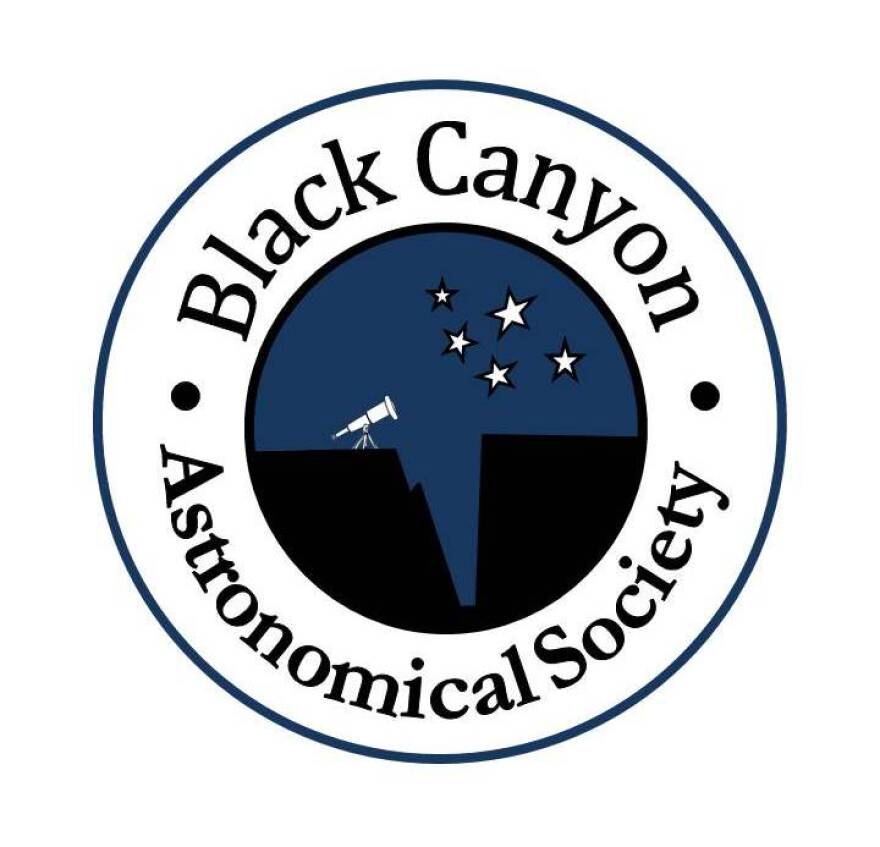2023 is almost here, and astronomically a lot will be happening. The coming year features a “ring-of-fire” eclipse, meteor showers under dark skies, high solar activity, auroras, eye-catching planetary conjunctions, a possibly bright comet, and important milestones in space science.
The planets will be arrayed in some remarkable groupings. In early January at around 6 PM, four bright planets are aligned in the evening sky: Venus near the southwest horizon with Saturn above it, bright Jupiter in the south, and reddish Mars high in the east. Using finder charts and telescopes or binoculars, you can also spot Neptune west of Jupiter, and Uranus between Jupiter and Mars. And Comet 2022 E3 may be visible with unaided eyes by late January. Venus will be a brilliant beacon in the evening sky from late this month through July 2023. On the evening of March 1 Venus and Jupiter, the two brightest planets, will appear only half a degree apart. That’ll be a spectacular sight! We’ll have a fine chance to spot Mercury on evenings around April 11 at about 8:45 PM, when the Innermost Planet will be well above the western horizon, with Venus shining near the Pleiades Star Cluster, high above Mercury.
In space science, we can look forward to far-reaching discoveries from the James Webb Space Telescope. And on September 24, NASA’s OSIRIS-REx probe will return to Earth with fragments from asteroid Bennu.
The strongest and most reliable meteor showers will be unhindered by bright moonlight in 2023. From August 11 to 14, we can spot numerous Perseid Meteors under a waning crescent Moon. The prolific Geminid Shower, compromised by moonlight this week, will peak around December 13 and 14, 2023 with no Moon in sight. Likewise, dark skies will prevail for Lyrid Meteors on April 22 and 23, Orionids around October 21 and 22, and Leonids around November 17 and 18.
On October 14 an annular solar eclipse, also known as a “ring-of-fire eclipse”, will be visible along a path from Oregon to Texas, including extreme southwestern Colorado. The rest of the U. S. will experience a partial solar eclipse. Be sure to use safe solar filters while viewing this eclipse.
And don’t forget to enjoy our Western Slope’s wonderfully dark skies in 2023. View the brilliant stars or winter, the galaxies of spring, the striking summer Milky Way, and wonders of our fall sky, like the Andromeda Galaxy and star clusters of the northern Milky Way.
You’ve been listening to “Western Slope Skies”, produced by the Black Canyon Astronomical Society and KVNF Community Radio. I’m Art Trevena.




